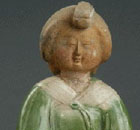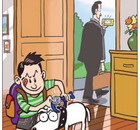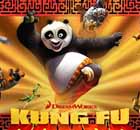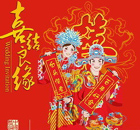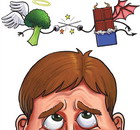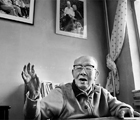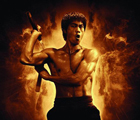Heritage
"King Gesar" epic told through Tang-ka paintings
(cntv)
Updated: 2011-01-13 14:14
 |
Large Medium Small |
The Tibetan epic "King Gesar" is the world's longest story. Many books and TV series have told this story in the past, but for the first time it's being presented using Tang-ka paintings.
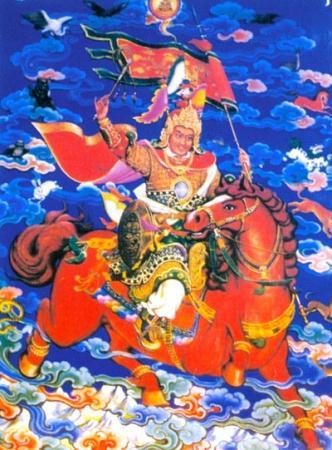 |
|
The Tibetan epic "King Gesar" is the world's longest story. Many books and TV series have told this story in the past, but for the first time it's being presented using Tang-ka paintings. |
Tang-ka is a traditional painting which is commonly found hanging in monasteries or family altars in China's Tibetan Autonomous Region.
The "Thousand Tang-ka Paintings about King Gesar" consists of 1,288 paintings. When it was first displayed at this year's Beijing Book Fair, it attracted many readers. Using Tang-ka to tell King Gesar's legend, is a unique and creative way to convey the epic story. It's also an interesting way for people to learn more about Tibetan culture.
|
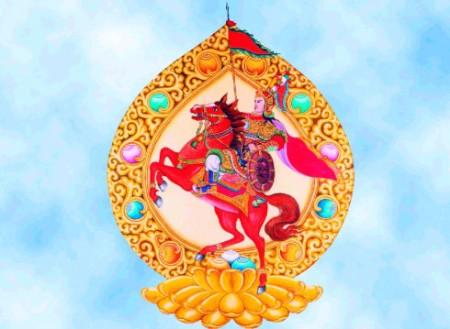 |
|
The Tibetan epic "King Gesar" is the world's longest story. Many books and TV series have told this story in the past, but for the first time it's being presented using Tang-ka paintings. |
Yang Jing, Tang-ka Album Editor, said, "Using Tang-ka to present this epic, I think it is very meaningful. We want readers to learn more about the art and culture. At the same time, we hope people enjoy reading King Gesar's story."
More than 150 painters have participated in making King Gesar's Tang-ka book. It took a total of 10 years to complete the work.
|
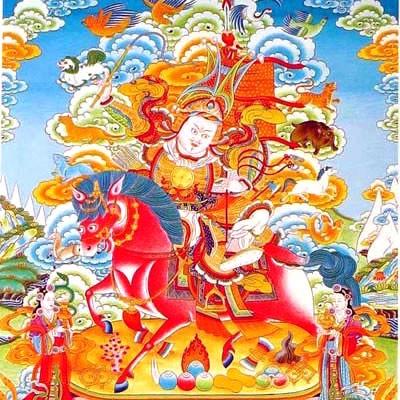 |
|
The Tibetan epic "King Gesar" is the world's longest story. Many books and TV series have told this story in the past, but for the first time it's being presented using Tang-ka paintings. |
By reading the book, readers can not only know more about the legend of King Gesar, but also can appreciate the unique art of Tang-ka.
Before the book was actually published, it had already been listed as the oral and intangible heritage of humanity.

